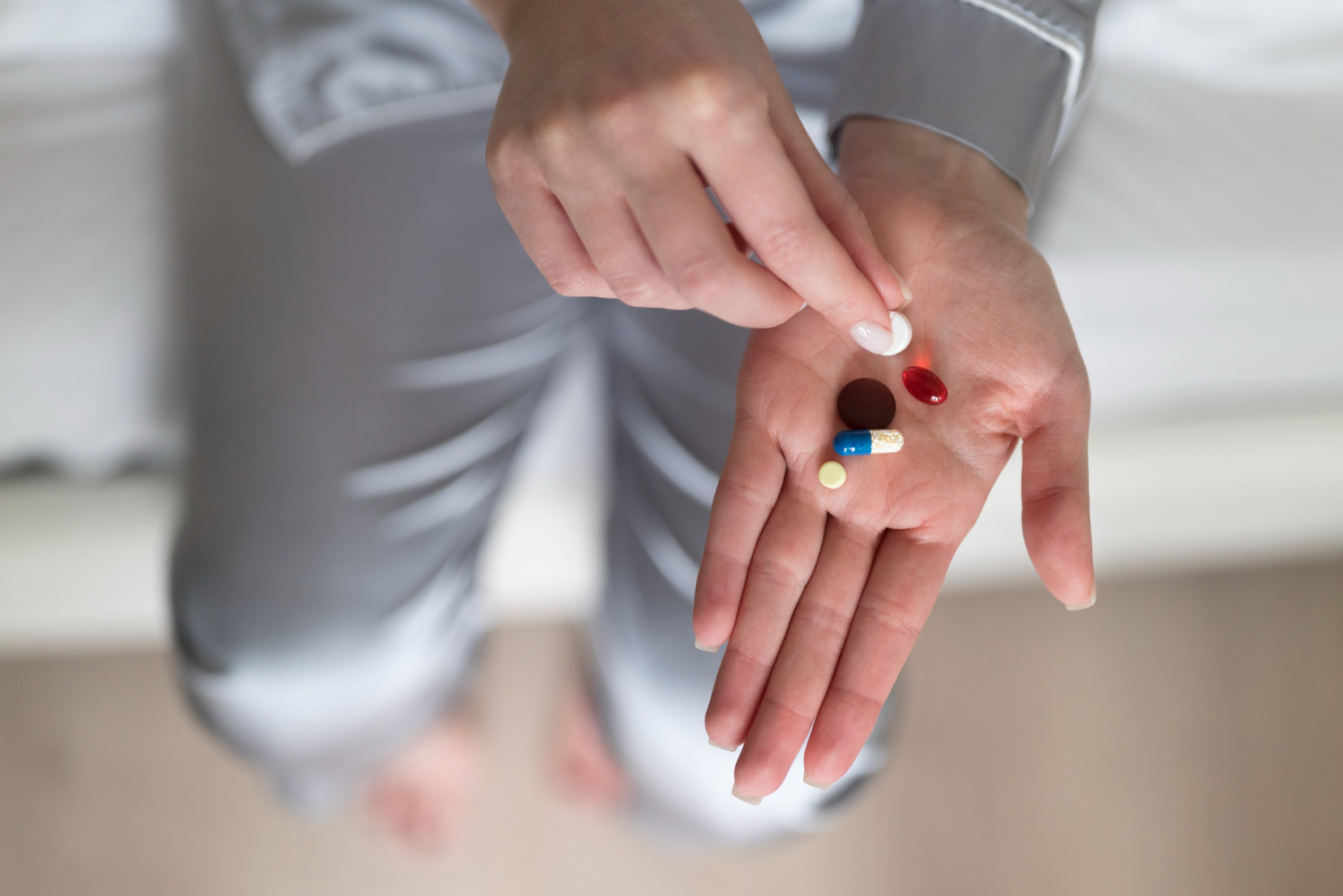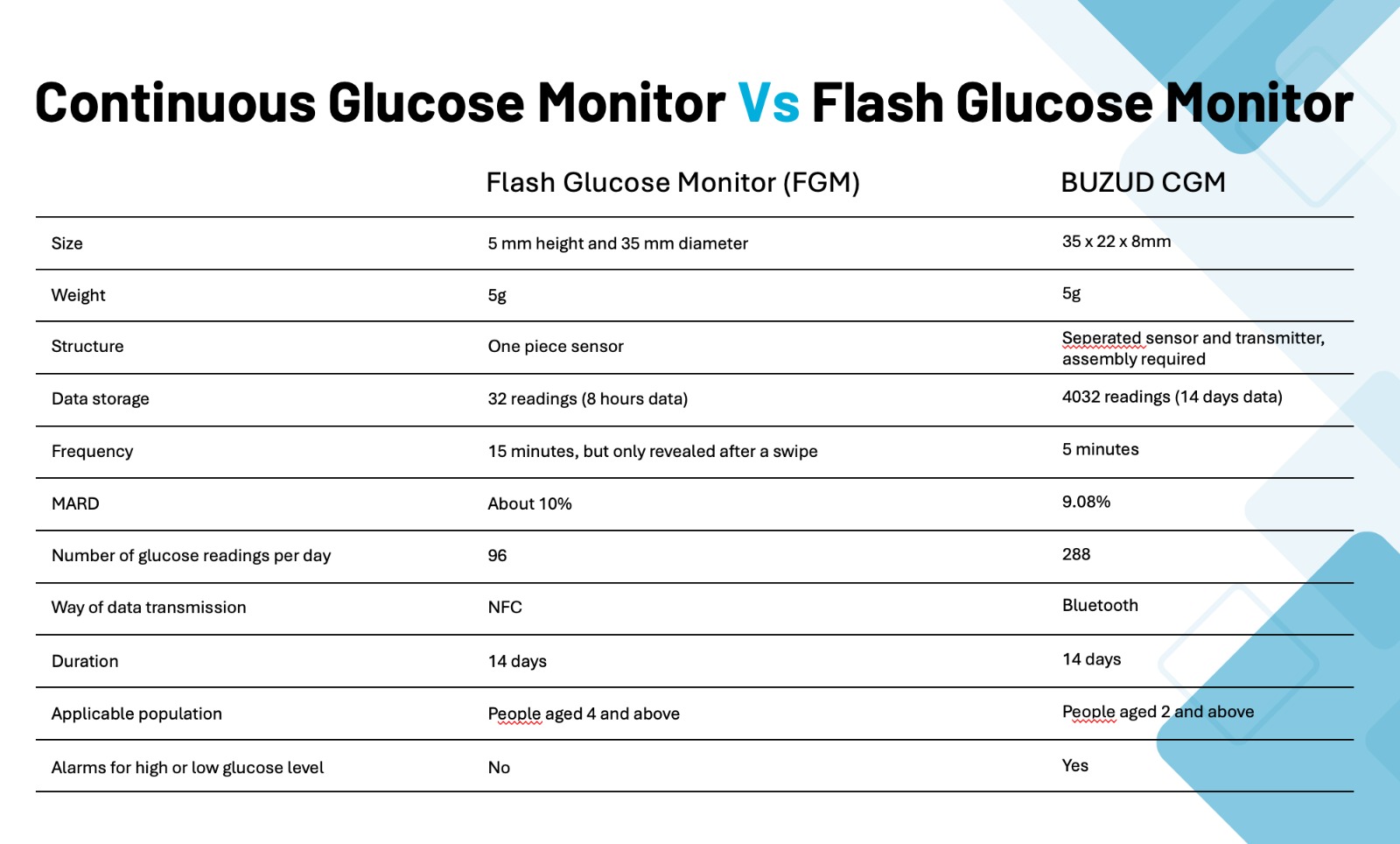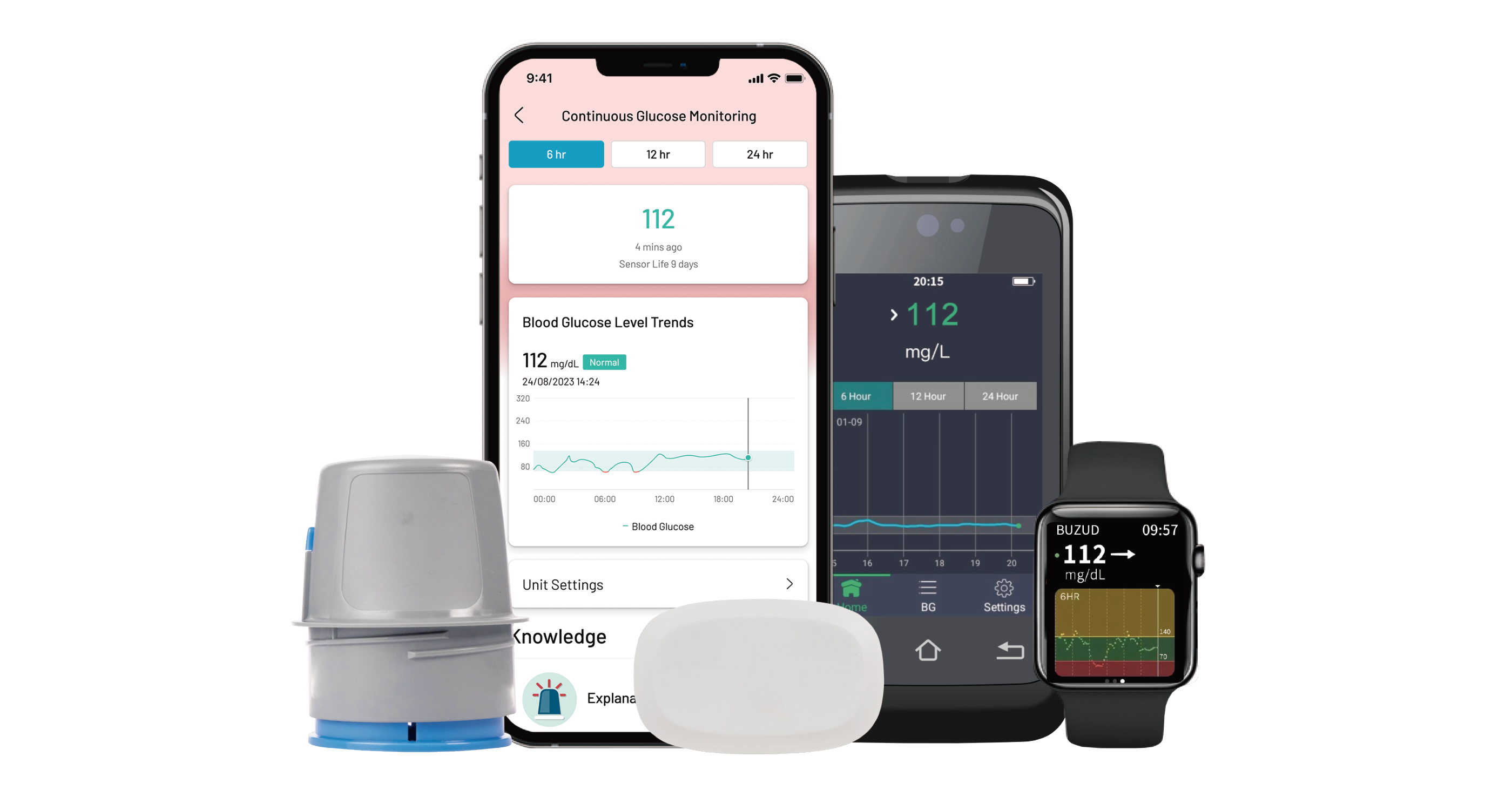BUZUD Singapore Signs MOU to Provide Healthcare Solutions and Community Support with Kampung Senang Charity and Education Foundation
Singapore, September 2024 — BUZUD Singapore, a leading healthcare solutions provider, has officially signed a Memorandum of Understanding (MOU) with Kampung Senang Charity and Education Foundation. The signing ceremony at BUZUD Singapore's Novena premises, marks the beginning of a significant partnership designed to bring advanced healthcare solutions and support to underserved communities. BUZUD Singapore kicks off this partnership with a strong start, committing a generous donation of 10 units of the...
Demystifying Artificial Sweeteners: Understand the truth behind this seemingly perfect solution
Artificial sweeteners are low-calorie compounds designed to mimic the taste of sugar. Common ones include Saccharin (Sweet n’ Low®), Aspartame (Equal®), and Sucralose (Splenda®). While they may not spike blood sugar levels like sugar, they can cause gastrointestinal issues, such as bloating and diarrhoea, and some, like erythritol, are linked to higher risks of heart attack and stroke. Artificial sweeteners often present themselves as a tempting alternative to sugar: all the...
Understanding and Analysing Continuous Glucose Monitoring (CGM) Reports
Continuous Glucose Monitoring (CGM) is a critical tool in managing diabetes, providing real-time data on glucose levels. This article aims to guide nurses and pharmacists on how to read and analyse CGM reports effectively, enabling effective diabetes management by maximising the potential and capability of the CGM. Key Sections of the CGM Report The following sections provide a comprehensive overview of glucose management during the reporting period, including glucose statistics and targets,...
Understanding Type 2 Diabetes
Type 2 diabetes is a chronic condition characterized by the body's inability to effectively use insulin, a hormone that regulates blood sugar levels. This inefficiency leads to elevated blood glucose levels, known as hyperglycemia, which can have severe health implications if left unmanaged. Causes and Risk Factors The precise cause of type 2 diabetes remains unclear, but it involves a combination of genetic and lifestyle factors. Insulin resistance, where cells in muscles,...
Understanding Type 1 Diabetes
WHAT IS TYPE 1 DIABETES? Type 1 diabetes is one of three major types of diabetes. It is a chronic condition that occurs when the body is unable to produce insulin, a hormone crucial for regulating blood sugar levels. Unlike type 2 diabetes, which is linked to lifestyle factors, type 1 diabetes is an autoimmune condition where the body’s immune system attacks and destroys the insulin-producing beta cells in the pancreas. This...
Step-by-Step Guide for Installing BUZUD CGM
Continuous Glucose Monitors (CGMs) are devices that help individuals to track their blood sugar levels continuously. Here is a step-by-step guide on how to install a BUZUD CGM: 1. Preparation Clean Your Skin: Wash and dry your hands. Clean the sensor site with an alcohol wipe and let it dry completely. Choose a Sensor Site: Primary Site (Abdomen): Avoid the belly button, scars, stretch marks, indurations, and the belt area. Ensure...
Understanding FGM vs. CGM: What’s the Difference?
When managing diabetes, knowing your glucose levels is crucial. Two popular technologies help with this: Flash Glucose Monitoring (FGM) and BUZUD Continuous Glucose Monitoring (CGM). While they might seem similar, they have distinct differences that could impact your daily life. Let's break them down in an easy-to-understand way. Manual Scanning vs. Real-Time Readings FGM (Flash Glucose Monitoring): How it works: You wear a small sensor on your skin, usually on the back...
Calibrating the BUZUD Continuous Glucose Monitoring (CGM) System: Ensuring Accuracy for Optimal Diabetes Management
Continuous glucose monitors (CGMs) are gaining widespread popularity, increasingly supplanting traditional blood glucose monitoring systems for many individuals. These compact devices, worn on the body, provide continuous glucose monitoring, reducing or even eliminating the need for frequent finger stick tests. It is important to note that readings from finger stick tests and CGMs may differ because they measure glucose levels in different fluids: a glucometer measures blood glucose, whereas a CGM...
Diabetes and Your Daily Cup: The Balancing Act of Coffee
For many Singaporeans, coffee is essential for starting the day and combating afternoon fatigue, contributing to the country's consumption of 15,000 metric tonnes annually. For individuals with diabetes, understanding how coffee affects blood sugar levels is crucial. How Does Coffee Affect Blood Sugar? The impact of coffee on blood sugar levels is complex and varies based on individual health conditions and coffee consumption specifics. For Individuals Without Diabetes Research indicates an inverse relationship between...
Unveiling the Mysteries of the Mid-Afternoon Slump: Understanding Blood Sugar Crashes
Understanding Blood Sugar Crashes Experiencing fatigue and diminished energy levels in the mid-afternoon is a common phenomenon encountered by many individuals. This decline, often referred to as a blood sugar crash, is characterized by a sudden drop in blood glucose levels, resulting in a range of symptoms including lethargy, irritability, and difficulty concentrating. Understanding the mechanisms behind this occurrence and adopting dietary strategies to mitigate its effects can significantly enhance overall...
- 1
- 2








